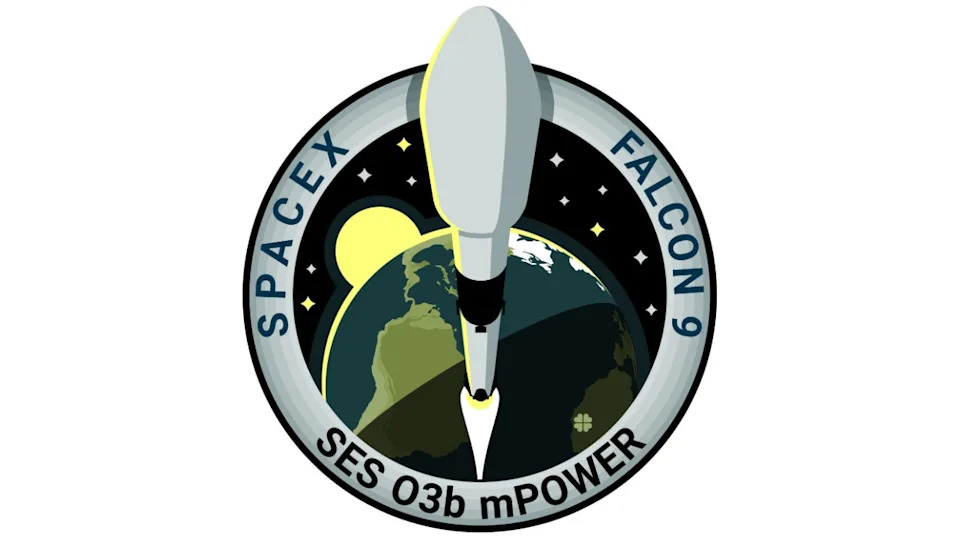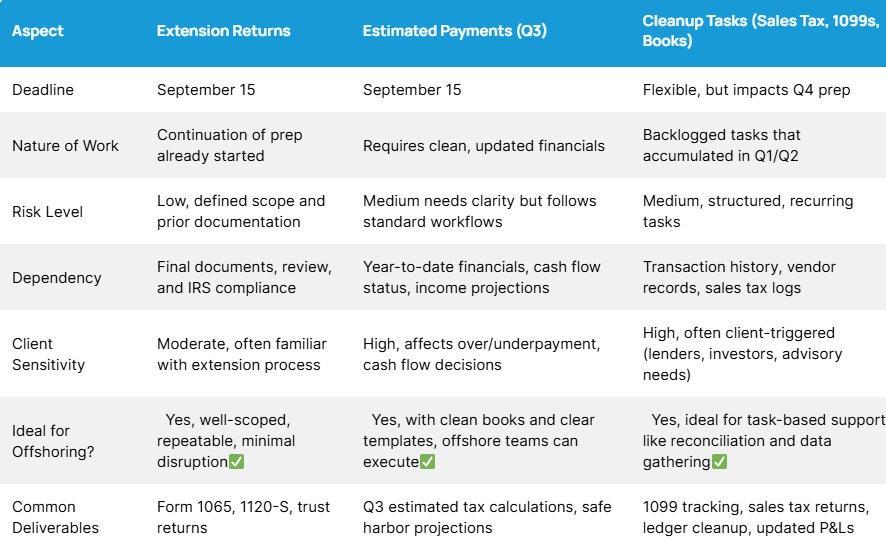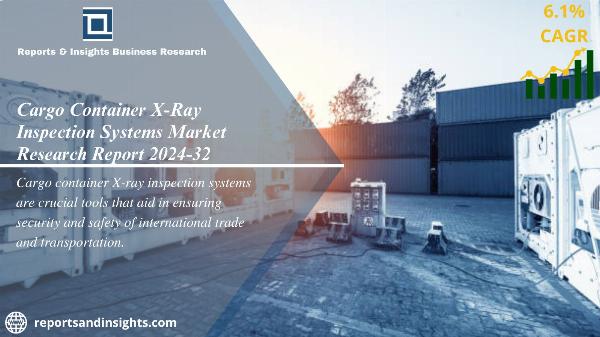The Brief
SpaceX postponed Monday’s planned launch of the SES O3b mPOWER mission from Cape Canaveral, with a backup window set for Tuesday evening.
The mission will deploy two upgraded satellites for SES’s global broadband network, designed to deliver high-speed, low-latency internet to remote and mobile users.
Built by Boeing, the O3b mPOWER system operates in medium Earth orbit and supports sectors like maritime, aviation, and government.
CAPE CANAVERAL, Fla. - SpaceX was set to light up the Florida skies Monday evening with the launch of SES's O3b mPOWER mission from Cape Canaveral. However, the rocket did not take flight.
When is the launch?
What we know
The Falcon 9 rocket was scheduled to lift off during a two-hour window that opened at 5:12 p.m. ET from Space Launch Complex 40 (SLC-40) at Cape Canaveral Space Force Station Monday evening.
However, the mission was aborted.
A backup launch window is scheduled on Tuesday, July 22, during the same timeframe.
This mission will mark the sixth flight for this particular first-stage booster.
Following stage separation, the booster will attempt a landing on the "Just Read the Instructions" droneship, stationed in the Atlantic Ocean.
 SES's O3b mPOWER mission | CREDIT: SpaceX
SES's O3b mPOWER mission | CREDIT: SpaceXWhat is SES's O3b mPOWER mission?
Big picture view
SES, a major global satellite operator based in Luxembourg, created the O3b mPOWER satellite system to deliver high-speed, low-latency broadband internet across the globe, with a focus on underserved and mobile markets.
Built by Boeing and operating in medium Earth orbit, the O3b mPOWER constellation features powerful satellites capable of providing flexible Ka-band coverage with data speeds ranging from 50 megabits to 10 gigabits per second.
The system is designed to support customers in remote locations, including maritime, aviation, government, and enterprise sectors.
SES began launching the satellites in late 2022, with commercial service beginning in April 2024. With the latest pair of upgraded satellites—O3b mPOWER 9 and 10—scheduled to launch Tuesday after being scrubbed Monday.
SES plans to continue expanding the constellation through 2026 to meet growing global demand for reliable, high-throughput connectivity.
The Source
The information in this article comes from SpaceX and SES, the major global satellite operator based in Luxembourg.













